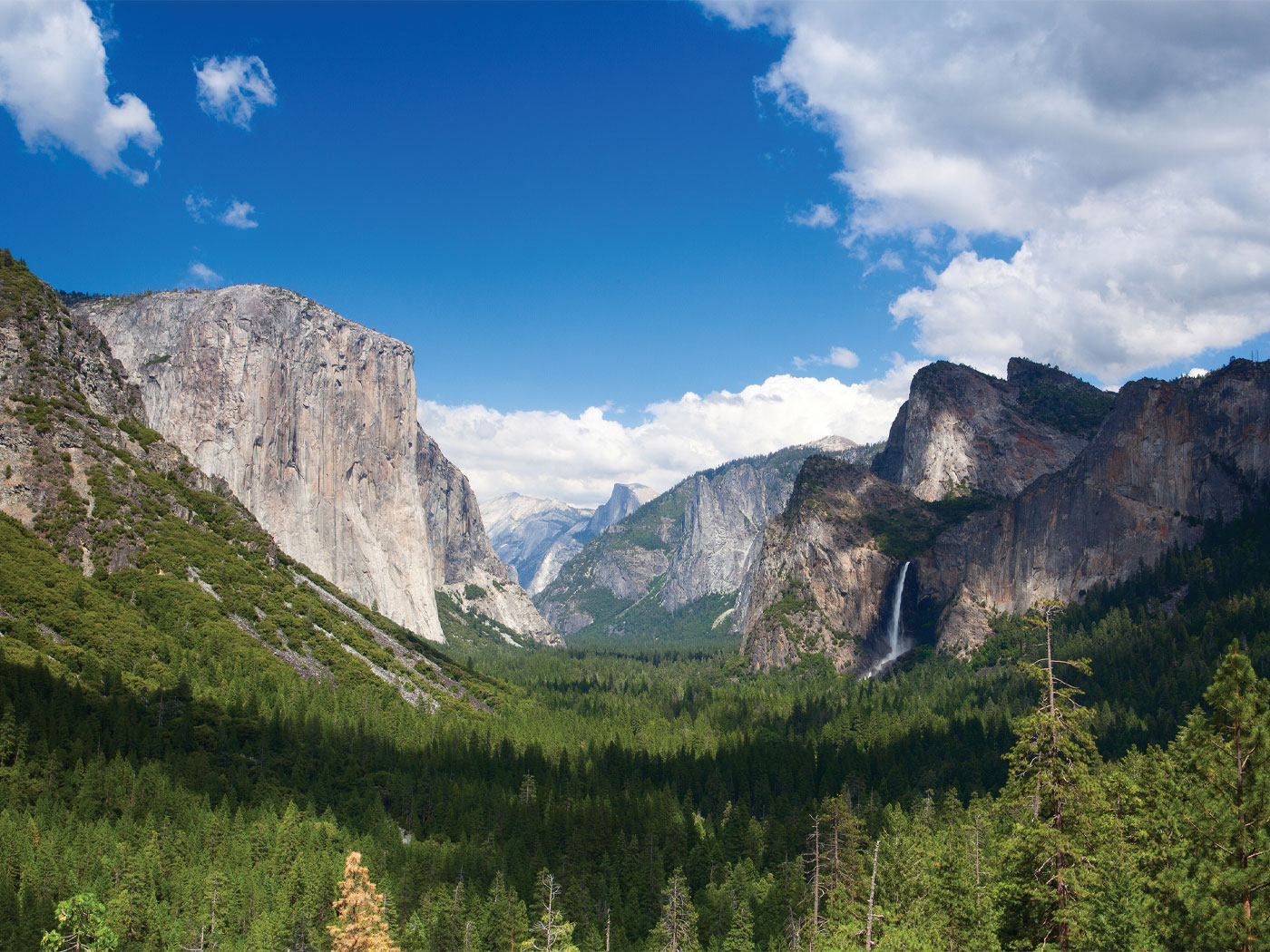Venus’ tortured surface begs for explanation, but scientists have a trying time reconstructing the planet’s past based on its mysterious features. Secular geologists anticipate that additional measurements may help resolve the vexing Venusian riddles, but satisfying answers may never come without something more substantial than just new data.
In size, Venus is the closest planet to Earth in the solar system. Volcanoes and rifts cover it, indicating a violent past. When and how did this violence occur?
The answer to these questions is complicated by the fact that Venus does not appear to have tectonic plates like Earth’s shifting crustal system.
Publishing in the January 2014 issue of Geology, Brown University geologist James Head listed some of Venus’ mysteries, and he suggested more data would help solve them.1
First on the list, the average conventional age of Venus’ surface rocks is less than 20 percent of the planet’s supposed overall age. In other words, its surface essentially retains no record of over 80 percent of its supposed history.
Second, Venus’ crust looks quite uniform in apparent age, not having Earth’s great disparity between older continental and more recent ocean crust.2
Third, the craters on Venus’ surface have all experienced about the same amount of erosion, which would make sense if they were all about the same age. It looks like they were formed at about the same time from a single bombardment event instead of having accumulated over eons.
Of the three, the first is the most puzzling for secular geologists since no data support the vast majority of the planet’s supposed history. Who knows what happened, if anything, for billions of years before the planet suddenly and inexplicably turned itself inside-out in a brief volcanic episode?3
Jettisoning the secular concept of billions of years would reconcile these mysteries. If there is no evidence for that enormous amount of missing time on Venus, maybe it never actually happened. And its craters may well be linked to a recent, solar system-wide event.4
Geology author Head asked, “What can the formative years of Earth history and the smaller terrestrial planets tell us about the missing ~80% of Venus history?”1 Instead of using the scientific method, in which experiments and observations provide data for researchers to analyze, Head here suggests that future research will simply invoke secular versions of Earth, Mercury, and Mars “history” to fill in Venus’ supposed historical void.
With investigator bias as strong as it appears to be, would even a flood of new data redirect secular versions of this young-looking planet’s real origins? Those versions will always try to fit the data into a billions-of-years age scheme, but a recent formation of Venus most easily solves its mysteries.
References
- Head, J. W. 2014. The geologic evolution of Venus: Insights into Earth history. Geology. 42 (1): 95-96.
- Baumgardner, J. 1994. Runaway Subduction as the Driving Mechanism for the Genesis Flood. In Proceedings of the Third International Conference on Creationism. Walsh, R. E., ed. Pittsburgh, PA: Creation Science Fellowship, 63-86.
- Coppedge, D. 2007. Venus vs. Uniformitarianism. Acts & Facts. 36 (7).
- Morris, J. 2012. An Extraterrestrial Cause for the Flood? Acts & Facts. 41 (7): 16.
Image credit: NASA/JPL
* Mr. Thomas is Science Writer at the Institute for Creation Research.
Article posted on January 31, 2014.



















